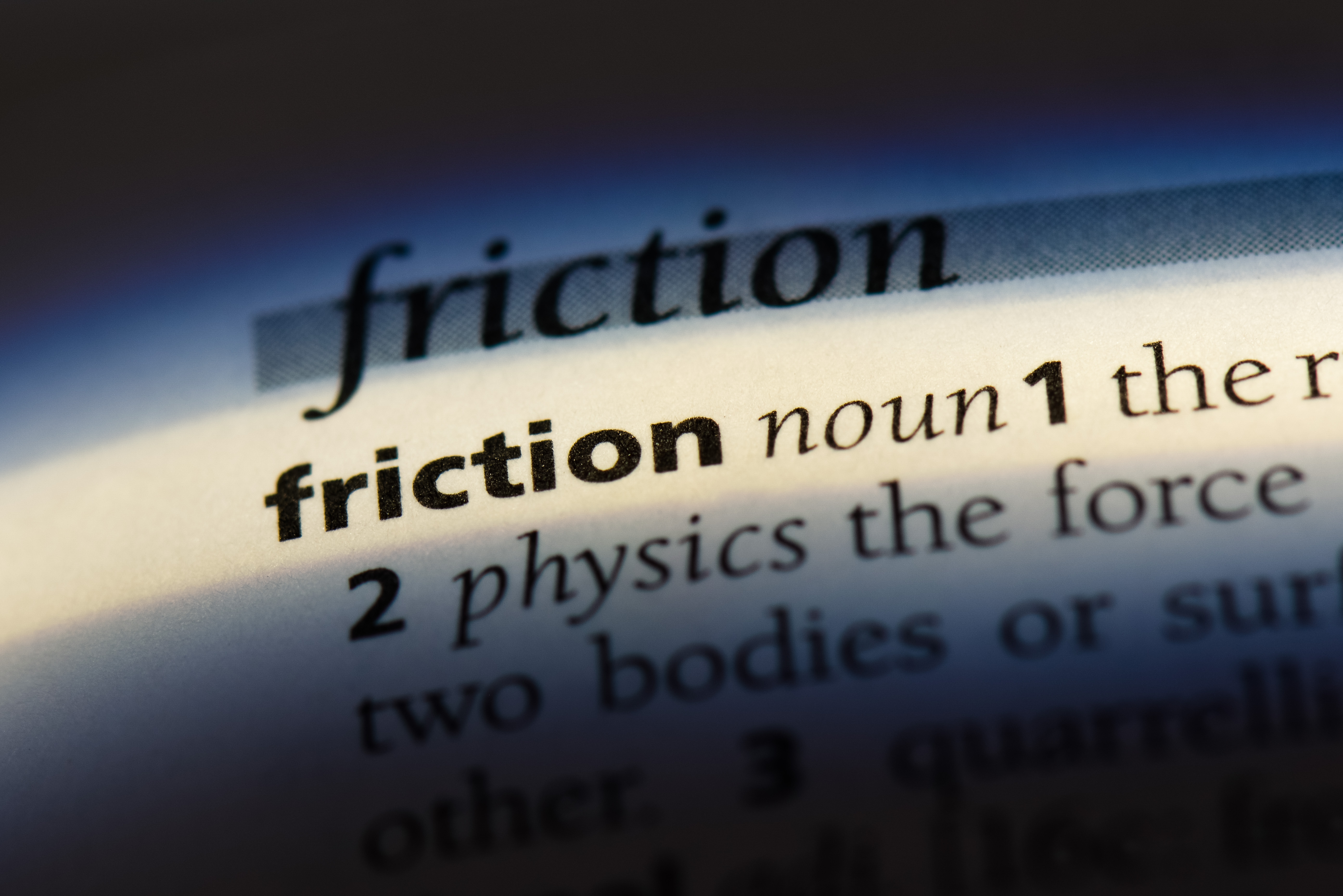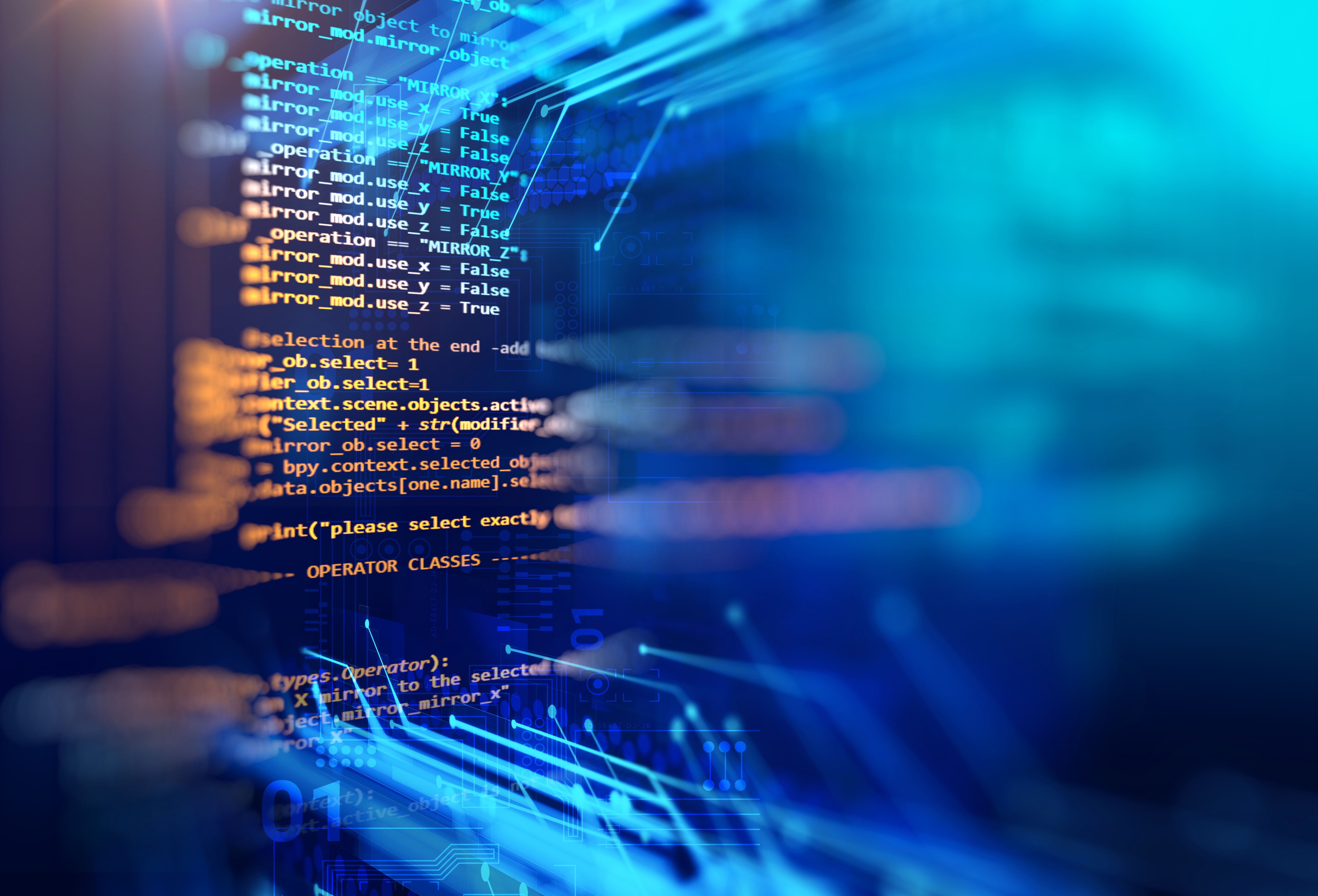 “Reach out and touch someone.®”
“Reach out and touch someone.®”
“I’ll touch base with you tomorrow.”
“That was a very touching story.”
“My boss is so out of touch.”
Touching things is so much a part of how we humans navigate through this world that there are endless metaphorical uses for the word “touch.” In UNIX and Linux operating systems, there is even a “touch” command, which updates the last-accessed timestamp of a file, or creates an empty file if it doesn’t exist.
Sometimes it’s better if we can perform tasks without touching things. Whether to avoid spreading germs, to realize greater speed and accuracy of data entry, or for simple convenience, touchless system interfaces are becoming more common all the time. There’s a growing list of applications for touchless technology.
Let’s explore the most common technologies underlying touchless interfaces and some of the innovative ways these technologies are being used.
RFID, NFC Basics
The most common technologies enabling touchless interfaces are radio-frequency identification (RFID) and near-field communications (NFC). Both rely on radio-frequency signals to exchange data between devices.
You’ve probably seen RFID tags. They’re commonly applied to items in retail stores. These small square stickers have a characteristic “square spiral” of metal winding its way from the edge to the center of the tag. A small electronic circuit stores a unique digital identifier or other data and a tiny radio receiver/transmitter is attached to the metal spiral, which acts as an antenna.
When an RFID reader device transmits a signal at a certain frequency, the RFID tag picks up the signal and transmits its data (usually a unique identifier) back to the RFID reader. It’s similar to using a barcode scanner except there’s no need for an unobstructed line of sight between the RFID reader and the tag.
There are two types of RFID tags: active and passive. Passive RFID tags don’t need a power source. They are powered by the signal from the RFID reader. Active RFID tags contain a small battery or solar cell and can transmit data without the aid of the RFID reader. RFID systems work within a range of about 10 meters.
NFC systems can incorporate passive or active tags, but at present NFC is more commonly used to transmit data between larger-scale devices, such as between a cellphone and an ATM. As the name “near-field” implies, NFC works only short-range; less than 10 centimeters. Like RFID, the typical NFC connection is maintained only long enough to exchange short bursts of data.
RFID and NFC Applications
So, what are these touchless technologies good for? Lots of innovative applications have been developed using each of them.
RFID
- Anti-counterfeiting – Some pharmaceutical companies’ popular drugs are counterfeited. They can apply RFID tags to those drugs’ containers so pharmacists can verify the medicines they receive are genuine.
- Document tracking – Some industries and institutions still rely on paper documents, such as court records and medical files. These are sensitive documents which many people need access, so their whereabouts must be tracked at all times. If the file folders have RFID tags attached, an RFID reader installed at the entrance to a file room can track the comings and goings of every file. (If the employees’ ID badges also have RFID tags, the system can also track who removed or returned the file.)
- Inventory/asset tracking – The most common application for RFID is tracking physical objects; pallets in warehouses, fashion clothing on retail floors, books on library shelves. Inventory counting can be performed in seconds instead of hours. Mis-shelved library books can be located. And shoplifters can be identified and apprehended.
- Logistics – When packages have RFID tags applied, a truck-mounted RFID reader can log every package that’s loaded. There’s no need for anyone to manually scan shipping label barcodes.
Because of its greater flexibility, NFC has seen even more interesting applications.
NFC
- ATMs – A bank’s mobile app can use cellphones’ NFC feature to execute transactions on the bank’s ATMs. No cards, no PINs needed. Just set up your transaction in advance in the app and tap your phone on the ATM.
- Hospital patient tracking – Hospital patients today are fitted with ID bracelets, but this doesn’t always prevent caregivers from giving them the wrong medicines. With an ID bracelet equipped with an NFC tag, hospitals can verify the patient’s identity more accurately and ensure they receive the proper care.
- Physical access control – Soon, smart homeowners will unlock the front door by tapping their phones on doors’ NFC readers. The system can also turn on lights, adjust the HVAC, and turn on the TV to SportsCenter. (It won’t have your supper ready or bring you your slippers…yet.)
- Point-of-sale transactions – With services such as Apple Pay and Samsung Pay, there’s no more fumbling around with swiping or inserting payment cards in POS terminals and no need for PINs or signatures. Just put your phone close to the NFC reader. Beep, done.
- Situation-based phone settings and actions – User-programmable, passive NFC tags are a new and interesting way to change settings or execute actions on your mobile device. Suppose you want to turn on your phone’s Bluetooth and turn off the wifi in your car. A passive NFC tag can be programmed to tell your phone to do exactly that. Just stick the tag on the dashboard, tap the phone on it, and the phone takes care of the rest without any tapping on the phone’s screen.
Look for more creative uses for these touchless technologies in the near future. The speed and convenience of touchless interfaces will one day make us wonder how we did anything without them.

















